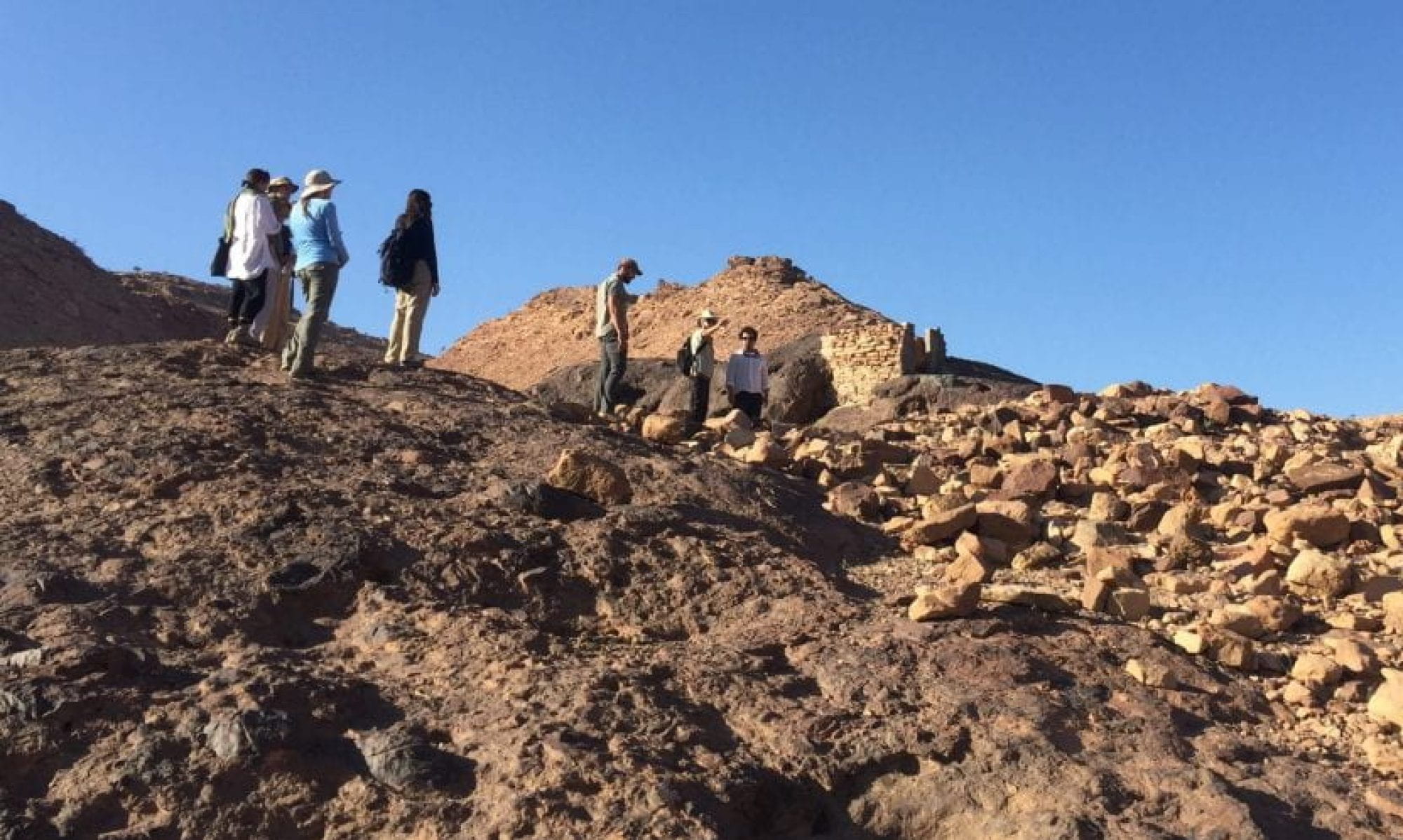Making Material Culture: technologies of production, concepts of design, and properties of materials.
Symposium & Workshop | January 23-25, 2009 | Brown University, Joukowsky Institute for Archaeology and the Ancient World
Symposium Schedule click here
Symposium Abstract
The manufacturing processes of ancient pigments, the structural properties of recently engineered nanomaterials, the chaîne opératoire of ceramic vessels in an Athenian potter’s quarter, the transmission of ironworking knowledge from smith to apprentice, and the conceptualization of a chair’s design. What do these materials and processes have in common? How do they differ? What methodological and interpretive approaches do we employ to examine them?
This seminar and workshop explores the considerations that go into making material culture – considerations that are extraordinarily complex, visible and invisible, and decidedly interdisciplinary in scope.
Material culture, whether ancient or contemporary, is a primary focus of archaeology. Many of the questions archaeologists ask of material culture production focus on ancient technologies, craftspeople, and artifacts. Archaeologists, however, share many similar questions and analytical techniques with engineers, designers, anthropologists, and artists. Researchers rooted in these various disciplines occupy a common ground; they recognize that the technical practices, actors, technologies, raw materials and objects involved in the creation of material culture are both part of and influenced by multiple social and material relationships.
Several topics fall under the theme of ‘Making Material Culture’, many of which overlap considerably between disciplines. These include:
- technologies and conditions of materials production
- the success or failure of material structures and object designs
- the emergence of new technologies
- contact between technologies (i.e. cross-craft production)
- the roles individuals and social contexts in objects’ production and design
- the visibility of human and material interactions in archaeomaterials (i.e. craftsmanship)
- technological innovation
- the transmission of technical knowledge
- the temporal dimensions of technical knowledge in creating objects
Symposium Format
Participants in this seminar will engage with the overall theme and aspects of these topics from various disciplinary starting points, case studies, and objectives. The symposium presentations will bring into sharper focus the similarities and differences in our research questions, analytical methods, interpretive approaches, and the understandings we seek from materials. The workshop will discuss how we might identify and understand more about the considerations that go into making material culture from a more holistic perspective – one that collapses boundaries between the hard sciences and the humanities.
The symposium on Saturday January 24th will include 7 presentations (20-25 minutes each), with ample space for discussion following every two presentations. The presentations will be divided into morning and afternoon sessions. The morning workshop on Sunday January 25th will be a two hour roundtable forum for presenters, discussants, and attendees to reexamine the topics and debates emerging from the symposium.
The symposium and workshop are free and open to members of all university communities.
Symposium Weekend Schedule and Speakers
Symposium Schedule click here
Friday, January 23
Location: MacMillan 115, 5:30pm
Plenary Address:
Pamela Vandiver (University of Arizona, Engineering & Archaeology)
Saturday, January 24
Location: MacMillan 115, 9:30am-4:00pm
Symposium Presentations:
Christopher Bull (Brown University, Engineering)
Conjectures on the confluence of archeology and engineering; what’s in it for you? What’s in it for me?
Ioanna Kakoulli (UCLA & Getty Museum, Archaeology & Engineering)
Ancient Greek Painting in the Making: Alchemy, Science, Philosophy and Art
Jeroen Poblome (Katholieke Universiteit Leuven, Belgium, Archaeology)
From studying material culture to material culture studies in the Roman East
Krysta Ryzewski (Brown University, Archaeology & Engineering)
Sharpening Archaeological Visibilities of Metalworking with Interdisciplinary Tools
Timothy Scarlett (Michigan Technological University, Industrial History and Archaeology)
Pottery Making, Work, and World Building: the Utah Pottery Project
Lynnette Widder (Rhode Island School of Design, Architecture)
Architecture, Construction and Ambivalence
Christopher Witmore (Brown University, Archaeology)
A Tale of Two Castles: An archaeological consideration of design
Sunday January 25
Workshop, Joukowsky Institute for Archaeology and the Ancient World
Symposium Organizer: Krysta Ryzewski (please contact with questions)

